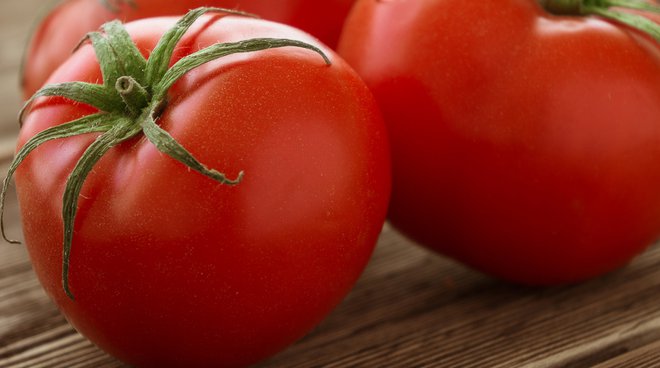Healthy and Sustainable
AGAINST EXCESS FAT
Being overweight or obese does not help being healthy. The higher the excess fat, the greater the risk of contracting diseases.

Being overweight or obese does not help being healthy.
The higher the excess fat, the greater the risk of contracting diseases. How can it be that even if the health hazards are well proven, it is so easy to find oneself with a few extra pounds? It’s simple: we have to be more careful with our habits and we all know that changing habits (and keeping the new ones!) is not easy.
Obesity is an insidious disease and often its onset is not recognized.
It may affect children (childhood obesity) without their parents recognizing its seriousness, and adults, slowly from thirty years onwards, when daily exercise is reduced and people accept that they are less agile. In addition to physical inactivity, the most common hazards are represented by excessive meals, sweets and saltines, packaged snacks rich in fats, soft drinks and sweetened juices, and alcoholic drinks.
In ten years, a person can accumulate 10 or 20 extra kilograms, just like after a pregnancy, and then trouble begins because the possibility of diabetes, hypertension or a heart attack increases significantly.
The risk of contracting all types of cancers increases by 40%.
However, fat is an element that the body needs. There are two types of fat:
> white adipose tissue, the most common in the body, is an energy reserve used by the body when it has no more glucose available, also it produces fat deposits that protect the organs and it acts as a thermal insulator;
> brown adipose tissue, present in limited amounts in adults but abundant in newborn babies, regulates energy balance and helps burn calories, giving off heat.
The activities of adipose tissue are many more in addition to the energy and mechanical ones of those of connective tissue.
In fact, the activities it performs are such that it should be considered an actual organ: for example it produces hormones such as leptin, which influences the activity of the whole body with complex bioactivities.
But what are the actual mechanisms that make the fats that are so useful for the body become harmful when in excess?
Among the fatty acids that the adipose tissue stores, there is arachidonic acid which produces agents that trigger inflammation. Inflammation is a beneficial reaction, a defense mechanism against toxins, viruses, bacteria, but when it is prolonged due to the persistent presence of triggering agents, it becomes chronic, damaging the body.
Cholesterol, for example, is naturally present in the blood because it is part of cellular membranes: the risk of heart attack and stroke arises when its excess over-stimulates the inflammatory process and when so-called "bad cholesterol" (LDL) causes clogged arteries.
Those who are obese should take polyphenols (found in all vegetables, including tomatoes) because they reduce inflammation, decrease the consumption of saturated fats and increase that of monounsaturated and polyunsaturated fats (omega-3) instead: the former produce arachidonic acid, the latter oppose it.
In short, eating is not only a source of energy, but also the most effective way to prevent many diseases.
We can measure where we have excessive fat by measuring the ratio between the circumferences of the abdomen and hips; we can determine how much weight we have in excess by measuring the ratio between weight and height (BMI, which we mentioned regarding ideal weight) and check how much of that weight is attributable to the fat mass by using reliable magnetic impedance scales or specialist visits, but first of all, we have to eat healthily and move regularly, because even the weight itself causes harm to the body, damaging our joints, causing bad postures or leading us to use our muscles less and less.
The contents of this article are in accordance with the parameters set out by the European Food Safety Authority - EFSA.
NEWS
ALSO IN FOOD TRENDS
Healthy and Sustainable
Health and tomatoes: low-calorie recipes
Integrating low-calorie recipes into your diet is essential for anyone aspiring to maintain a healthy, balanced lifestyle. In this context, the tomato stands out as an ingredient known both for its nutritional value and versatility in cooking.
Healthy and Sustainable
What to add to puree? The right sauce for every taste
Tomato sauce is a classic of Italian cuisine and, starting with the basic recipe made with sautéed onion and basil, this delicious sauce can give you unforgettable moments of flavor!
Healthy and Sustainable
Recipes with grains for a cool summer
Four delicious recipes with grains, excellent also chilled, for a cool summer.


